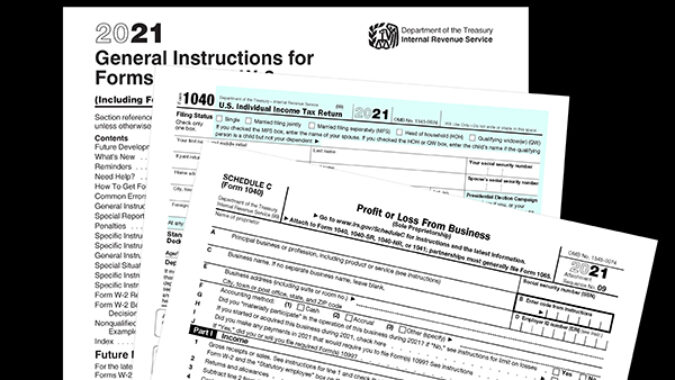The IRS recently issued the 2022 optional standard mileage rates used to calculate the deductible costs of operating an automobile for business, charitable, medical or moving purposes.
The IRS emphasized that Under the Tax Cuts and Jobs Act of 2017, individuals can no longer claim a miscellaneous itemized deduction for unreimbursed employee travel expenses. The same law also restricted the deduction for moving expenses to only members of the Armed Forces on active duty who are moving under orders to a permanent change of station.
However, business mileage is still tax deductible for the self-employed, as is mileage incurred driving to medical appointments or while volunteering for a nonprofit under certain circumstances.
Beginning on Jan. 1, 2022, the standard mileage rates for the use of a car (also vans, pickups or panel trucks) will be:
- 58.5 cents per mile driven for business use, up 2.5 cents from the rate for 2021,
- 18 cents per mile driven for medical, or moving purposes for qualified active-duty members of the Armed Forces, up 2 cents from the rate for 2021 and
- 14 cents per mile driven in service of charitable organizations; the rate is set by statute and remains unchanged from 2021.
The standard mileage rate for business use is based on an annual study of the fixed and variable costs of operating an automobile. The rate for medical and moving purposes is based on the variable costs.
Taxpayers always have the option of calculating the actual costs of using their vehicle rather than using the standard mileage rates.
Taxpayers can use the standard mileage rate but must opt to use it in the first year the car is available for business use. Then, in later years, they can choose either the standard mileage rate or actual expenses. Leased vehicles must use the standard mileage rate method for the entire lease period (including renewals) if the standard mileage rate is chosen.
Notice 22-03 contains the optional 2022 standard mileage rates, as well as the maximum automobile cost used to calculate the allowance under a fixed and variable rate (FAVR) plan. In addition, the notice provides the maximum fair market value of employer-provided automobiles first made available to employees for personal use in calendar year 2022 for which employers may use the fleet-average valuation rule in or the vehicle cents-per-mile valuation rule

